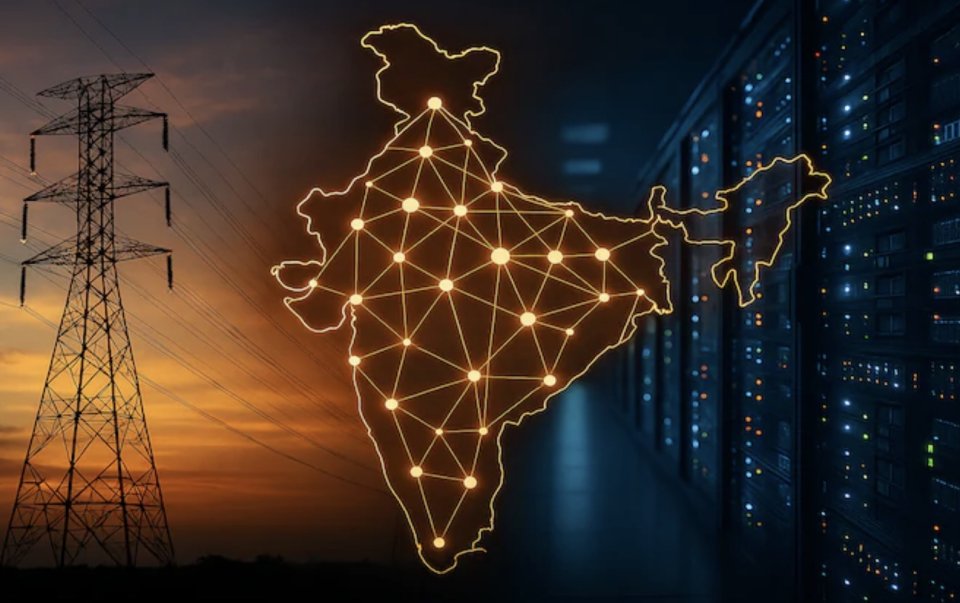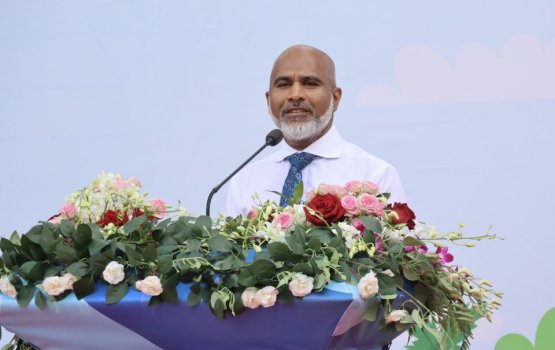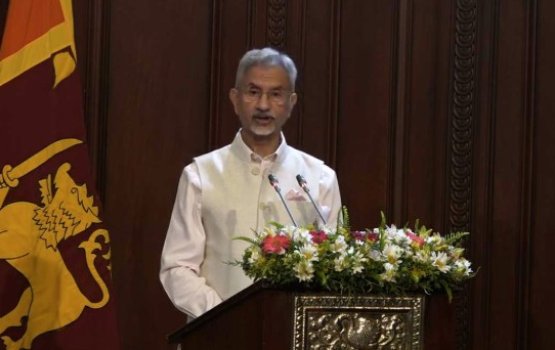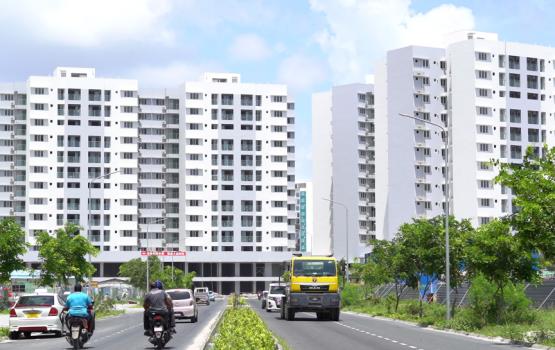India’s data centre industry is on the cusp of an unprecedented expansion, with global technology giants and Indian conglomerates set to invest over $50 billion in capacity development over the next five to seven years, according to The Economic Times.
This surge in investment could propel India’s total data centre capacity from 1 gigawatt (GW) today to nearly 9 GW by 2030, representing one of the world’s fastest growth trajectories in the sector.
Massive Investment Pipeline
Real estate consultancy JLL projects staggered investments worth $35–50 billion over the next seven years, potentially resulting in a ninefold capacity increase. Similarly, Jefferies forecasts India’s data centre capacity to reach 8 GW by 2030, driven by explosive data growth, localisation mandates, and accelerating artificial intelligence (AI) adoption. The firm estimates around $30 billion in capital expenditure and $8 billion in leasing revenue over the same period.
The investment boom is already underway. Notably, Google’s $15-billion Vizag AI hub marks one of India’s largest-ever foreign direct investments.
Tech Titans Lead the Charge
In January, Amazon Web Services (AWS) announced an $8.3-billion expansion of its Mumbai cloud region — a project expected to contribute $15.3 billion to India’s GDP by 2033 and create over 81,000 jobs annually. Meanwhile, Meta’s multibillion-dollar subsea cable initiative, Waterworth, is slated to reach India by 2030, enhancing data localisation and global connectivity.
India’s corporate giants are keeping pace. Reliance Industries, AdaniConnex, Tata Consultancy Services, and Bharti Airtel are all investing heavily to build infrastructure that meets the digital demands of the nation’s 1.4 billion citizens.
Rapid Growth from a Modest Base
Despite a modest starting point of 1 GW, India’s data centre market is expanding at 17% annually, according to a U.S.-based real estate firm. This is still far smaller than North America’s 38 GW, projected to rise to 84 GW by decade’s end.
India’s growth is being fuelled by a data consumption explosion — from 8 exabytes in FY17 to an estimated 229 exabytes in FY25 — powered by OTT platforms, e-commerce, social media, and digital payments. Analysts note that the new data protection law and the rapid integration of AI could be the next major accelerators.
The AI Infrastructure Opportunity
According to Prateek Jhawar, Managing Director and Head of Infrastructure and Real Assets Investment Banking at Avendus Capital, India could unlock an additional 5 GW of data centre capacity in the medium term if it effectively addresses AI infrastructure demands across Southeast Asia. He estimated that achieving this scale could require investments of around $150 billion, encompassing data centres, high-performance computing hardware, energy systems, and network connectivity.
Challenges Ahead
Prashant Tarwadi, Director at India Ratings & Research (Ind-Ra), observed that globally, AI-focused data centres are increasingly being established in remote regions due to cheaper land, lower energy costs, cooler climates, and supportive tax policies — advantages India must leverage in its next phase of growth.
However, Ind-Ra cautioned that around 60% of India’s planned capacity expansion remains in early development stages. Developers are likely to calibrate supply with demand, while the timely development of power and distribution networks will be critical to ensuring uninterrupted energy access for large-scale data centre clusters. (Source: moneycontrol)







